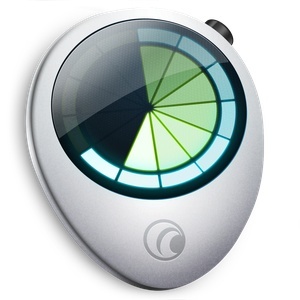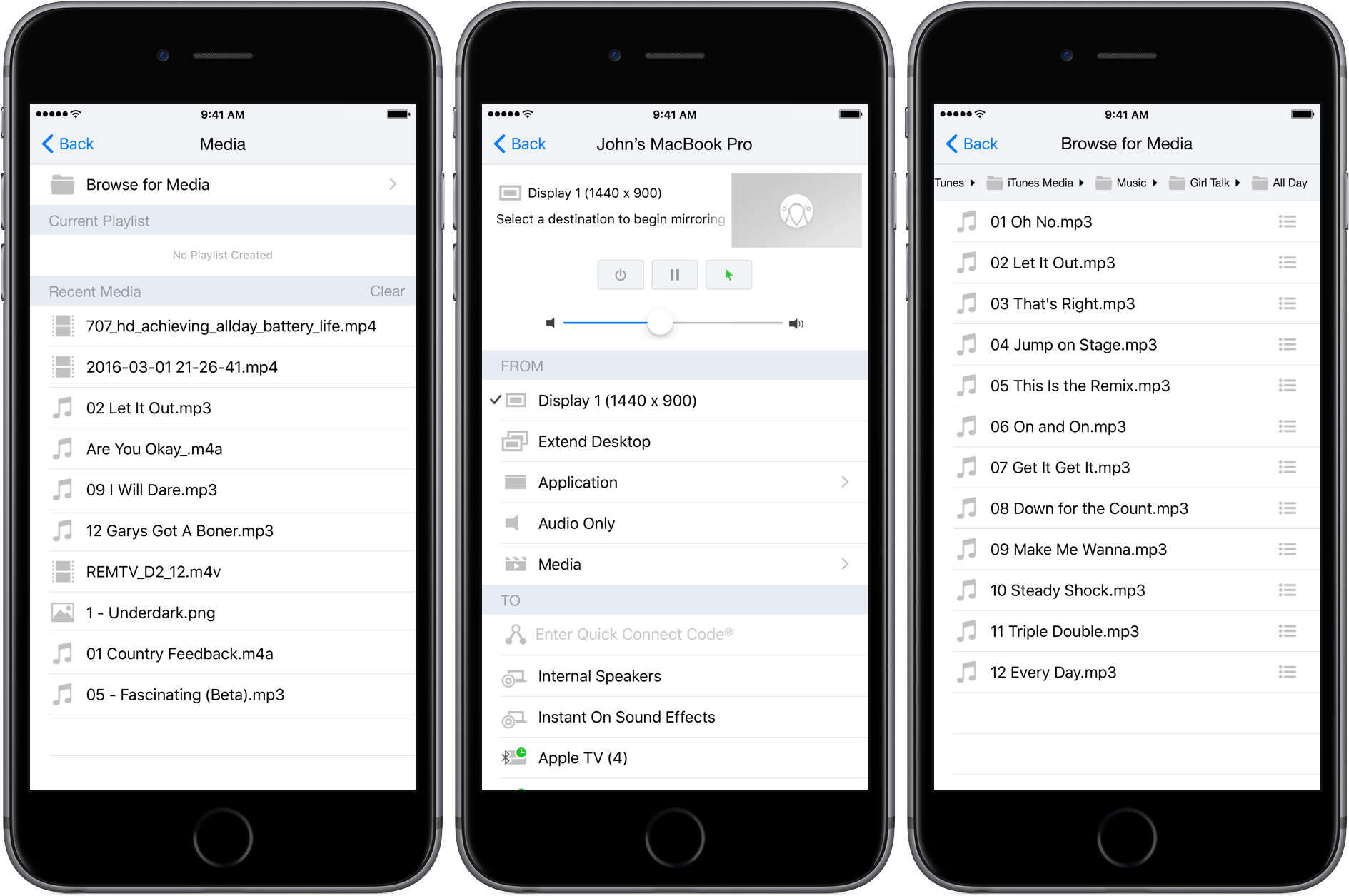Billings Pro is a time-tracking & invoicing app for the Mac, iPad, iPhone & Apple Watch. It’s great for freelancers and small businesses such as consultants, lawyers, designers, or photographers who need an easy way to keep track of time spent on client work and a fast way to produce professional-looking invoices.
Billings Pro syncs all your devices across all your team members, so you can track time for a project while out on your iPhone while a team member tracks time on their Mac at the office. It supports 3D Touch, making it quick and easy for you to start a new timer or jump to a recent one, and includes a handy widget that lets you manage your Billings Pro timers within Notification Center. Easily add comments to your slips so you remember all the details of the work you did during that time.
After the work is done, Billings Pro makes it really quick and simple to invoice – whether you’re creating the invoice from your Mac, iPhone, or iPad. You just select the time slips, pick an invoice template, and send. You can also add expenses or bill by flat rate. Comments jotted down on your time slips can be added to the invoice so your client has a clear understanding of the work you did – which means you get paid faster, with fewer questions.
Read about other Mac users using Billings Pro here or experience Billings Pro for yourself with a free 30 day trial.
Our thanks to Marketcircle for sponsoring MacStories this week.




